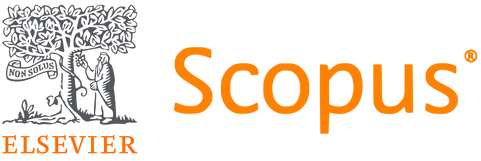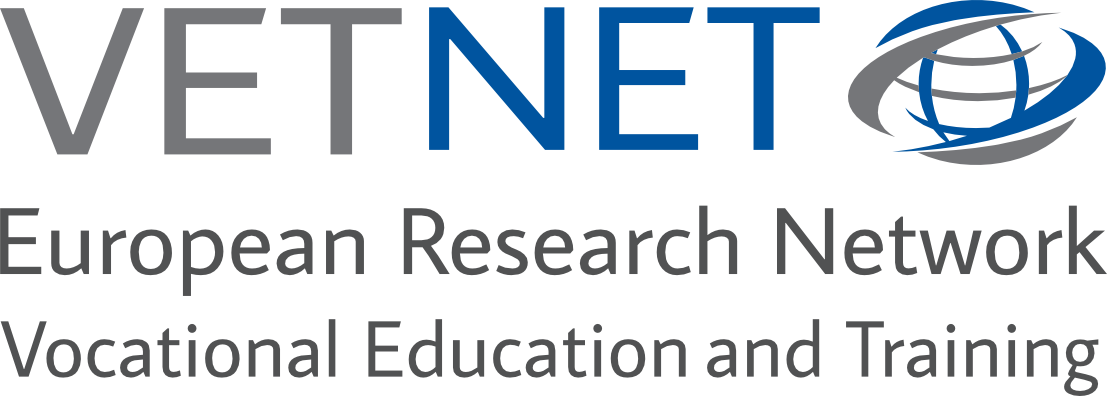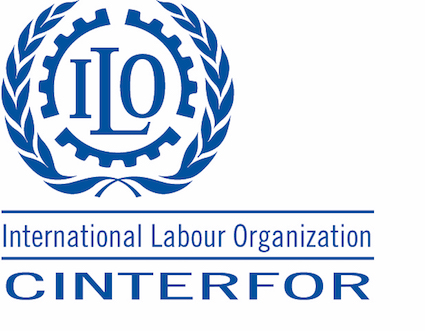Diamond Open Access since 2014
Indexed by
and further services
Content Registration (Crossref)
DOI 10.13152/IJRVET
ISSN 2197-8646 (Online)
ISSN 2197-8638 (Print)
License
Creative Commons CC BY-SA 4.0
Approved for Free Cultural Works
Authenticity Check
PlagScan
IJRVET Yearbooks
IJRVET Yearbook 2023
IJRVET Yearbook 2022
IJRVET Yearbook 2021
IJRVET Yearbook 2020
IJRVET Yearbook 2019
IJRVET Yearbook 2018
IJRVET Yearbook 2017
IJRVET Yearbooks are offered since 2017. For all articles see Archives.
The official journal of






